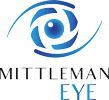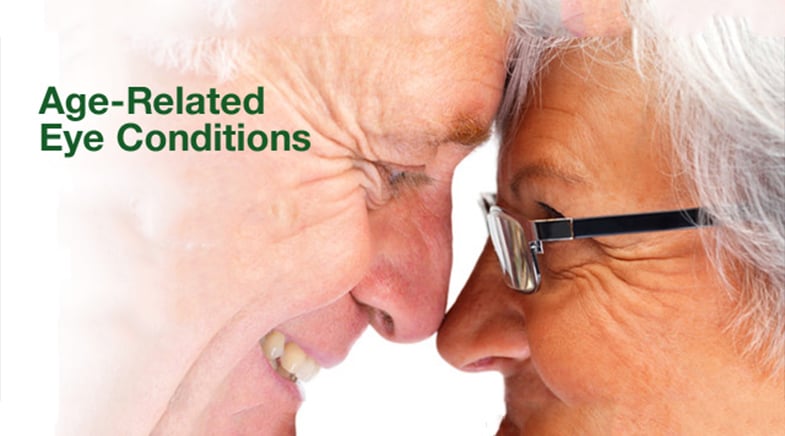Association between Smoking and Uvetis
Association between Smoking and Uvetis: Results from the Pacific Ocular Inflammation Study.
PURPOSE:
To assess whether cigarette smoking is associated with the development of uveitis in a population-based setting.
DESIGN:
Retrospective, population-based, case-control study.
PARTICIPANTS:
Patients aged ≥ 18 years who were seen at a Kaiser Permanente Hawaii clinic between January 1, 2006, and December 31, 2007. Analysis included 100 confirmed incident uveitis cases, 522 randomly selected controls from the general Kaiser Hawaii population, and 528 randomly selected controls from the Kaiser Hawaii ophthalmology clinic.
METHODS:
International Classification of Diseases, 9th revision (ICD-9), diagnosis codes were used to identify possible uveitis cases. A uveitis fellowship-trained ophthalmologist then conducted individual chart review to confirm case status. Multivariate logistic regression models were used to evaluate the association between smoking and uveitis, adjusting for age, sex, race, and socioeconomic status.
MAIN OUTCOME MEASURES:
Development of uveitis.
RESULTS:
Current smokers had a 1.63 (95% confidence interval [CI], 0.88-3.00; P = 0.12) and 2.33 (95% CI, 1.22-4.45; P = 0.01) times greater odds of developing uveitis compared with those who never smoked using the general and ophthalmology control groups, respectively. The association was even stronger with noninfectious uveitis, which yielded odds ratios of 2.10 (95% CI, 1.10-3.99; P = 0.02) and 2.96 (95% CI, 1.52-5.77; P = 0.001) using the general and ophthalmology control groups, respectively.
CONCLUSIONS:
Cigarette smoking is significantly associated with new-onset uveitis within a population-based setting. The association was stronger for noninfectious uveitis. Given the well-established risks of smoking with regard to other inflammatory disorders, these results reaffirm the importance of encouraging patients to avoid or cease smoking.
Source/American Academy of Ophthalmology





















